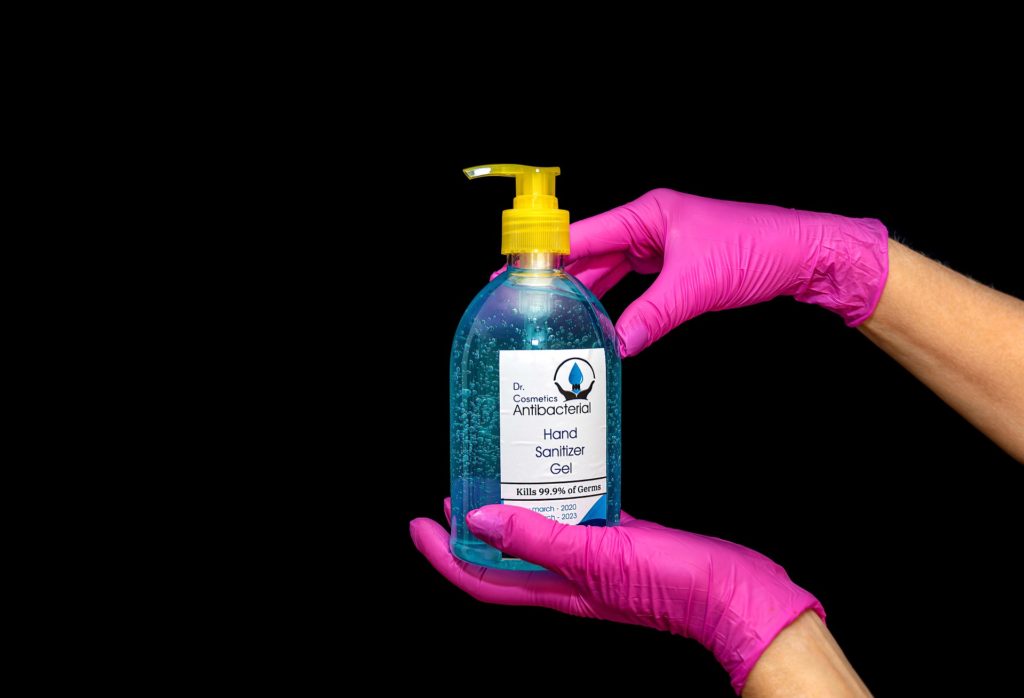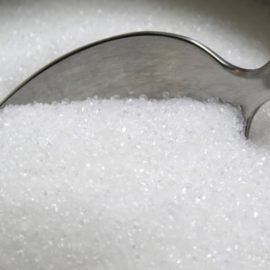
It has been roughly a year ago since the COVID-19 pandemic emerged in Wuhan, China. Since then, we have implemented a lot of changes in order to keep the number of cases from steadily climbing. Social distancing, quarantine, wearing of face mask, and frequent hand washing are among them. Aside from these, the market has changed too. As expected, products for sanitizing are the hottest items in the market right now. So it won’t come as a surprise if stores or pharmacies have run out of stock of 70% alcohol-based hand sanitizer. And even if they restock, they’ll be gone rather quickly. Instead of going for the item that is most likely sold within the day, why not go for another that’s barely noticed—99% isopropyl alcohol. Yes, buying 99% isopropyl alcohol is a definite option.
When we talk about hand sanitizer, we often refer to 70% isopropyl alcohol (IPA) or ethyl alcohol (ETOH). If 70% alcohol-based hand sanitizer is scarce in your area these days, you can purchase pure (99%) Isopropyl alcohol and easily dilute it to 70%. Yes, we’re not rubbing our hands with pure alcohol for our hands. It would burn our them. And besides, unlike what many people believe, 70% alcohol is more effective than 99% alcohol in killing the harmful bacteria, and viruses (including the coronavirus).
Why is 70% is better than 99% isopropyl alcohol?
There is a reason why hand sanitizers or IPA always come at 70% concentration.
In order to eliminate the bacteria or viruses, the alcohol performs a process called denaturation.It occurs when the molecules of the alcohol interacts with the fat membrane, which protects the cell of the bacteria or virus. When the membrane is damaged, the alcohol denatures the protein of the microorganism, making it no longer infectious. This is how chlorine works against bacteria and viruses.
You might also like: Guide to Using Chlorine in the Food Industry
This denaturation process mainly requires two things in order to be effective: sufficient concentration of disinfectant, and sufficient contact time.
Yes, 99% alcohol has a stronger concentration of alcohol than 70%. But it is very volatile. It doesn’t stay on the skin or on any surface for very long as it evaporates very quickly. At 70% alcohol, on the other hand, its 30% water makes it evaporate slower. This helps reach the target microorganism and allows for a longer contact time.
Another reason why pure alcohol isn’t good for disinfection is that its high concentration makes it toxic to humans. Repeated application on skin may cause several skin illnesses like rash, cracking or itching.
Where is 99% alcohol commonly used?
Pure alcohol isn’t mainly used for sanitary purposes. But it is used widely in various industries. In electronic parts manufacturing, pure isopropyl alcohol is used as a cleaning agent. Computer technicians also use it when working on sensitive computer parts. When it comes to solvent or cleaning agent, these industries prefer such concentration since it evaporates quickly.
Thankfully though, we can buy and use 99% alcohol this pandemic .
How to dilute 99% to 70% IPA?
Now that you know why buying 99% isopropyl alcohol during the pandemic is better, here’s how you can dilute it to make 70% IPA.
Dilution might be a terrifying thing to do for someone who doesn’t work in a lab. But it is actually not difficult. When diluting alcohol, all you need is distilled water, and a measuring device like a graduated cylinder (most accurate). If you are doing this at home, use a container with a scale.
Use the below formula when diluting to 70% IPA:
C1V1=C2V2
C1= Starting concentration (99)
V1=Starting volume
C2= Final concentration (70)
V2= Final volume
Using the formula, here is the computation if you want to make 100 ml of 70% IPA:
100 ml 99% IPA = 99 ml
X ml 70% IPA = 70 ml
= 70 ml X 100 ml / 99
= 70.70 ml
So 70.70 ml of 99% IPA and 29.3 ml of distilled water make 100 ml of 70% IPA
Or simply measure 70ml of 99% IPA and 30 ml of distilled water into a container. This method isn’t accurate but close enough.
Or use below online calculator provided by easycalculation.
Are you looking for the latest news about the coronavirus pandemic? visit the World Health Organization’s website.


